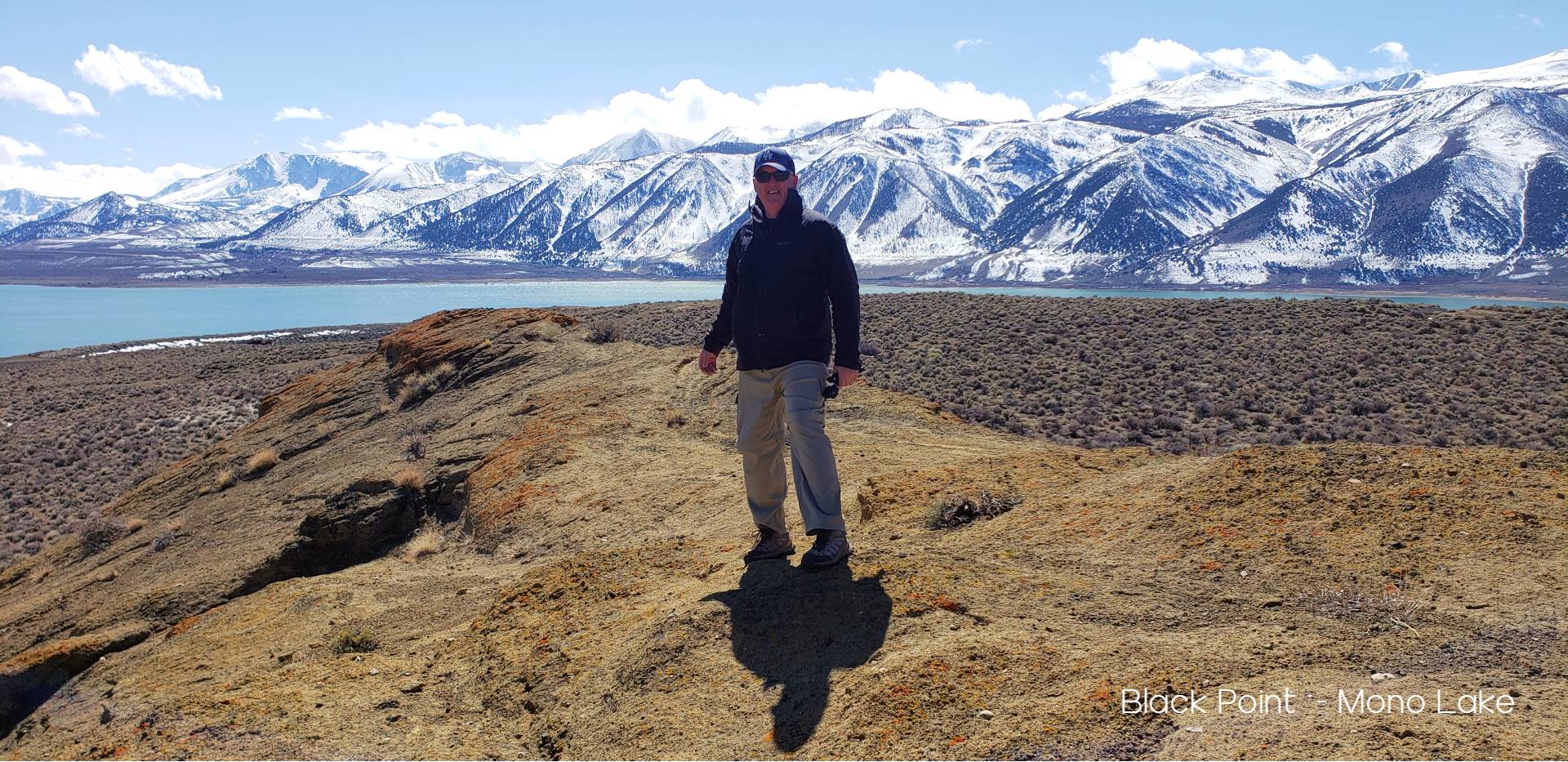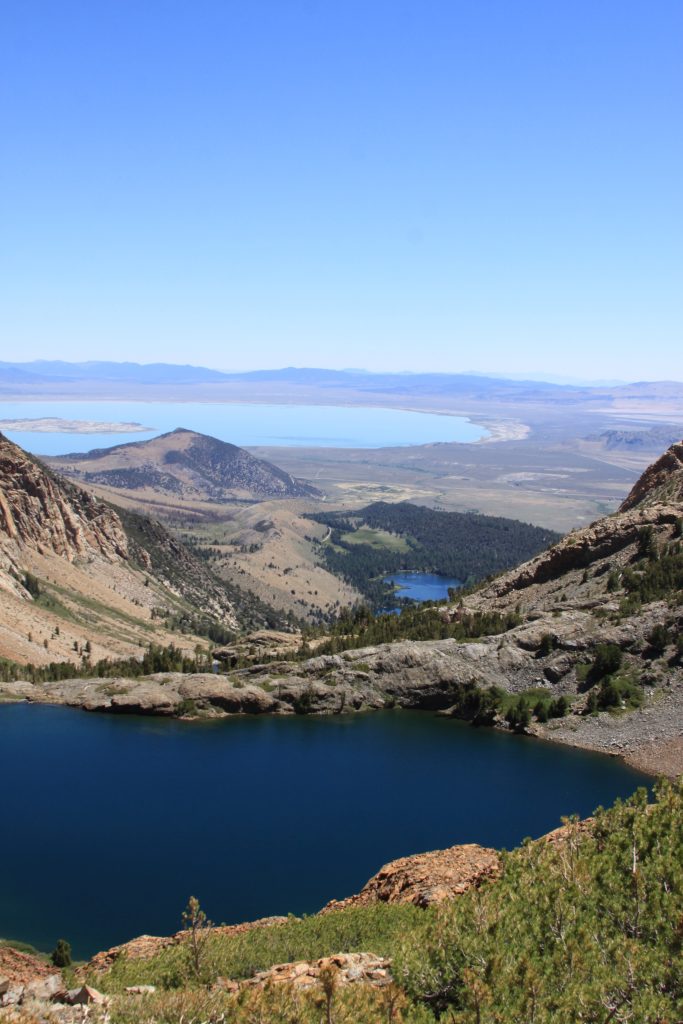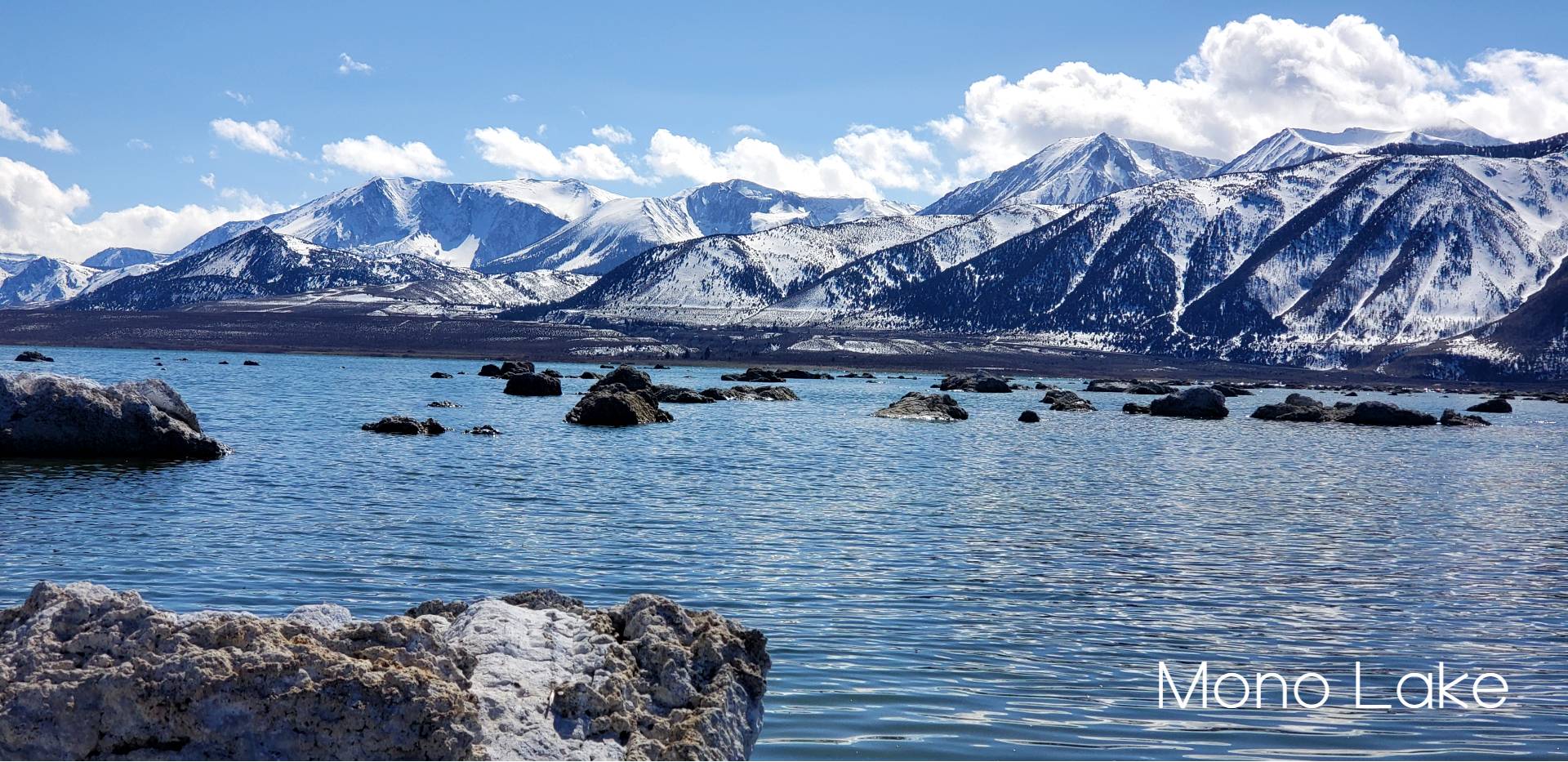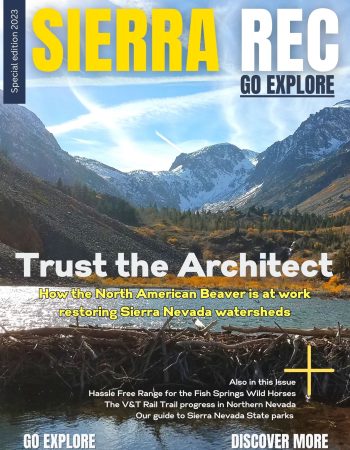Exploring Mono Lake and Bodie State Historic Park
Are you looking for a unique and adventurous trip that will take you off the beaten path? Look no further than Mono Lake and Bodie State Historic Park! These two destinations offer a fascinating glimpse into California’s history and natural wonders, just Highway 395 in the Eastern Sierra.
Mono Lake, a saltwater lake, is home to fascinating rock formations called tufa towers, providing a stunning backdrop for photographers and nature lovers. The Black sand beaches on the Northside of the Lake also provide a unique peek into the region’s geology.
Meanwhile, Bodie State Historic Park is a well-preserved ghost town that will transport you back in time to the California Gold Rush. As you explore the dilapidated buildings and abandoned streets, you’ll feel like you’ve stepped into the pages of a Western novel. Whether you’re a history buff, an outdoor enthusiast, or simply looking for a unique vacation destination, Mono Lake and Bodie State Historic Park are not to be missed!

The history of Mono Lake and Bodie State Historic Park
Mono Lake and Bodie State Historic Park are both located in the Eastern Sierra region of California, about 30 miles apart, with Conway Summit separating the two great parks. Mono Lake is a large, shallow, saline lake that covers over 70 square miles. The Lake has a long and fascinating history, with evidence of human habitation dating back thousands of years. The Kutzadika’a People, also known as the Mono Tribe, were the area’s first inhabitants. They lived along the shores of the Lake, seasonally harvesting Pinenuts from the surrounding region from the Pinyon pine forests and hunting antelope and Jackrabbits. They established trade routes into Yosemite, but their fruitful existence and relationship to Mono Lake changed forever once the discovery of Gold at Bodie and Aurora. The mining boom in Aurora and Bodie led to an insatiable need for wood and other resources. When residents of those two towns cut the surrounding pinyon pine forest for firewood, it deprived the Kutzadika’a of an important seasonal food source, pinyon pine nuts. Additionally, increasing settlement in the Mono Basin pushed the Kutzadika’a from their prime camping and food-gathering lands, typically close to fresh water and thus the most desirable land for ranching and agriculture.
Bodie State Historic Park, today, is a ghost town that was once a thriving gold mining town. In the late 1800s, Bodie was home to over 10,000 people, making it one of the largest cities in California at the time. The town had over 60 saloons, a red-light district, and a reputation for lawlessness. However, as the gold rush ended, the town began to decline, and by the 1940s, it was mostly abandoned.

The unique geology of Mono Lake
Mono Lake’s unique geology is one of the things that makes it such a fascinating destination. The Lake sits in a basin formed by volcanic activity millions of years ago. Over time, sediments and minerals from the surrounding mountains were deposited in the Lake, creating a high concentration of salts and minerals. As a result, the Lake is three times saltier than the ocean.
One of the most striking features of Mono Lake’s geology is the tufa towers. These towers are formed by interacting with freshwater springs and the Lake’s salty water. The springs contain calcium and other minerals, which react with the Lake’s carbonates to form the towers. Over time, the towers grow taller and more intricate, creating a stunning and otherworldly landscape.
The importance of Mono Lake for migratory birds
Mono Lake is a beautiful natural wonder and an essential habitat for migratory birds. The Lake is home to over 80 species of birds, including the California Gull, American Avocet, and Wilson’s Phalarope. The Lake’s shallow waters and abundant food sources make it an ideal resting spot for birds as they migrate along the Pacific Flyway. Fine dining for the birds includes a healthy diet of Alkali flies and Brine shrimp, of which Mono Lake is plum full of both.
In the 1940s, the Los Angeles Department of Water and Power began diverting water from the streams that fed Mono Lake, causing the Lake’s water levels to drop dramatically. This had a devastating effect on the Lake’s ecosystem, and bird populations began to decline. In the 1980s, a group of concerned citizens and environmental organizations banded together to save Mono Lake. Their efforts led to a landmark legal battle that resulted in protection and restoration efforts for the Lake.

South Tufa tours
Join a naturalist guide for a tour among strange tufa towers, bubbling springs, birds, wildlife, brine shrimp, and the behind-the-scenes story of the most unusual Lake in California. This one-hour-long, guided tour is great for all ages and includes hands-on activities and an overview of the human and natural history of Mono Lake. Advance reservations are recommended.

Take a Trail and Relive the History:
Two trails on the Mono Basin that we recommend for both better understanding of geology and the natural history of the Lake are the Black Fissure trail north of the Lake and the Bloody Canyon trail that was used as a trade route for the Kutzadika’a People. This trail is located off the June Lake loop and will lead you into Ansel Adams Wilderness and Yosemite National Park. A popular but difficult backpacking route with three lakes at different elevations.
Bodie State Historic Park – a gold rush ghost town
Bodie State Historic Park is a well-preserved ghost town that offers visitors a glimpse into California’s gold rush era. The town is located in the Bodie Hills, east of the Sierra Nevada mountain range. Bodie was once a thriving gold mining town, with over 10,000 residents at its peak. The town had all the amenities of a large city, including a bank, a post office, and several newspapers.
However, as the gold rush ended, Bodie began to decline. By the 1940s, the town was mostly abandoned, and it was declared a state historic park in 1961. Today, visitors can explore the town’s dilapidated buildings and abandoned streets, giving them a sense of what life was like in the Wild West.

The preservation efforts at Mono Lake and Bodie State Historic Park
Both Mono Lake and Bodie State Historic Park are protected areas, with dedicated preservation efforts to ensure that they remain intact for future generations. Mono Lake, in particular, has been the subject of a landmark legal battle that led to protections for the Lake and the surrounding ecosystem. The Mono Lake Committee, a non-profit organization, works tirelessly to protect the Lake and its wildlife while promoting sustainable tourism in the region.
Similarly, Bodie State Historic Park is carefully preserved to maintain its historical significance. The park’s rangers and staff work tirelessly to keep the town’s buildings and infrastructure while providing visitors with educational opportunities.
Exploring the tufa towers at Mono Lake
One of the most popular activities at Mono Lake is exploring the Tufa Towers. Visitors can hike or kayak to get up close and personal with these stunning rock formations. The South Tufa area is trendy, with a boardwalk that winds through the towers and offers spectacular views of the Lake and surrounding mountains.
If you’re interested in photography, Mono Lake is a must-visit destination. The tufa towers and surrounding landscape create stunning photo opportunities, especially during sunrise and sunset.
Birdwatching at Mono Lake
Birdwatching is another popular activity at Mono Lake, with over 80 species of birds calling the lake home. The Mono Basin Bird Chautauqua, an annual event held in the region, offers guided birdwatching tours and educational opportunities for bird enthusiasts.
Hiking trails and activities at Bodie State Historic Park
Bodie State Historic Park offers a variety of outdoor activities, including hiking and camping. The park has several hiking trails that wind through the surrounding hills, offering stunning views of the town and surrounding landscape. The park is also a popular destination for stargazing, with its remote location and lack of light pollution making it an ideal spot for astronomy enthusiasts.
If you have a vehicle set up for off-dirt road adventures, an alternative travel trip is the Off-Road route North of Bridgeport at the Masonic Mines and travel the backcountry to Bodie. This alternative, fun, backroad route to Bodie State Historic Park starts north of Bridgeport. History buffs will enjoy the remains of the Chemung Mine and the site of Masonic, as well as incredible views along the way. The north end of the route enters the national forest with plenty of spur roads for green-sticker vehicles.
Difficulty
Easy: It starts as a wide gravel road but soon narrows with ruts and embedded rock. The side trip to Masonic Mountain is narrow and rough but still easy. Suitable for most stock SUVs with 4-wheel drive and moderate clearance.

Planning your visit to Mono Lake and Bodie State Historic Park
If you’re planning a trip to Mono Lake and Bodie State Historic Park, there are a few things to keep in mind. Both destinations are located in remote areas, so bring plenty of water and snacks. The weather in the Eastern Sierra can be unpredictable, so check the forecast beforehand.
When visiting Mono Lake, respect the fragile ecosystem and wildlife. Stay on designated trails and avoid walking on the Tufa towers, as they are delicate and can be easily damaged.
If you plan to visit Bodie State Historic Park, check the park’s website for current information on hours and access. The park is only open seasonally, and some areas may be closed due to weather or maintenance.
Mono Lake and Bodie State Historic Park are two of California’s hidden gems, offering visitors a unique and fascinating glimpse into the state’s history and natural wonders. Whether you’re interested in geology, history, or outdoor activities, these destinations have something for everyone. So pack your bags, grab your camera, and prepare for an adventure you’ll never forget!










